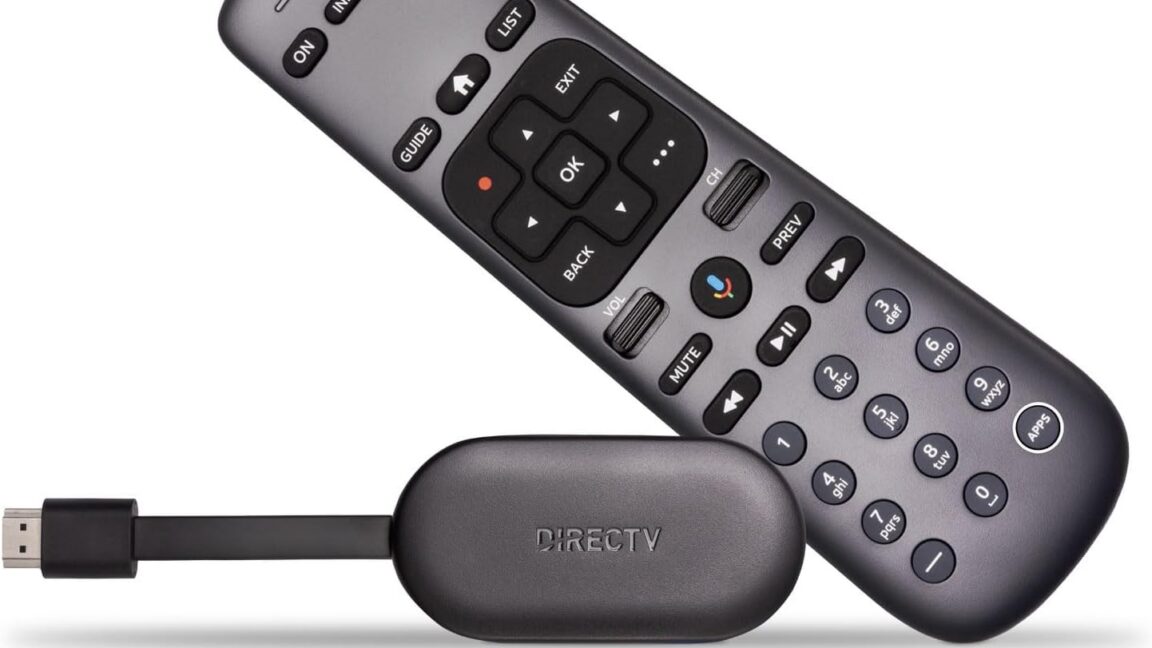Introduction to AI-Powered Screensavers
DirecTV has introduced a new feature to its Gemini devices – AI-powered screensavers. These screensavers are not just any ordinary screensavers, but they also provide an "AI-commerce experience" to users. According to Naveen Tewari, Glance’s CEO and founder, the screensavers will allow people to "instantly select a brand and reimagine themselves in the brand catalog right from their living-room TV itself."
How the Screensavers Work
The screensavers use AI avatars that analyze customer behavior, preferences, and browsing history to provide tailor-made product recommendations. This technology is designed to enhance engagement and conversion rates. The avatars can also create 30-second-long AI-generated videos featuring the user’s avatar. In addition to providing an "AI-commerce experience," the screensavers will also help with "content discovery" and "personalization."
Features and Benefits
The screensavers will also be able to show real-time weather and sports scores. This feature will make it easier for users to stay up-to-date with the latest news and information. The screensavers can also be disabled, giving users more control over their TV experience.
The Business Side of Things
DirecTV has an expanding advertising business, and the introduction of ad-centric screensavers is a natural progression. The company has been experimenting with different types of ads, such as ads that show when people hit pause. The screensaver ads can be considered less intrusive, since they typically show only when someone isn’t actively viewing their TV.
The Future of Advertising
With the decline of satellite and Internet subscriptions, DirecTV needs to diversify its revenue streams. The introduction of ad-centric screensavers is a way for the company to boost its revenue through advertising. This move is likely to be followed by other streaming service providers, as the industry increasingly relies on advertising to generate revenue.
Potential Drawbacks
However, the introduction of new types of ads risks making DirecTV less appealing to some users. With legacy pay TV providers already dealing with dwindling subscriptions, the company needs to be careful not to alienate its remaining subscribers.
Expansion of AI-Powered Features
The introduction of AI-powered screensavers is just the beginning. According to Glance COO Mansi Jain, the company plans to integrate the AI-powered features across different places within the television. This could include the launcher of the TV, making it easier for users to access the features they need.
Conclusion
The introduction of AI-powered screensavers to DirecTV’s Gemini devices is a significant development in the streaming industry. The features provide an "AI-commerce experience" to users, making it easier for them to discover new content and products. While there are potential drawbacks to the introduction of new types of ads, the move is likely to be followed by other streaming service providers as the industry increasingly relies on advertising to generate revenue.
FAQs
- What are AI-powered screensavers?
AI-powered screensavers are a new feature introduced to DirecTV’s Gemini devices. They use AI avatars to analyze customer behavior, preferences, and browsing history to provide tailor-made product recommendations. - How do the screensavers work?
The screensavers use AI avatars to create 30-second-long AI-generated videos featuring the user’s avatar. They also provide an "AI-commerce experience" to users, making it easier for them to discover new content and products. - Can the screensavers be disabled?
Yes, the screensavers can be disabled, giving users more control over their TV experience. - Why is DirecTV introducing ad-centric screensavers?
DirecTV is introducing ad-centric screensavers as a way to boost its revenue through advertising. The company needs to diversify its revenue streams due to the decline of satellite and Internet subscriptions. - What’s next for AI-powered features on DirecTV?
The company plans to integrate the AI-powered features across different places within the television, making it easier for users to access the features they need.










